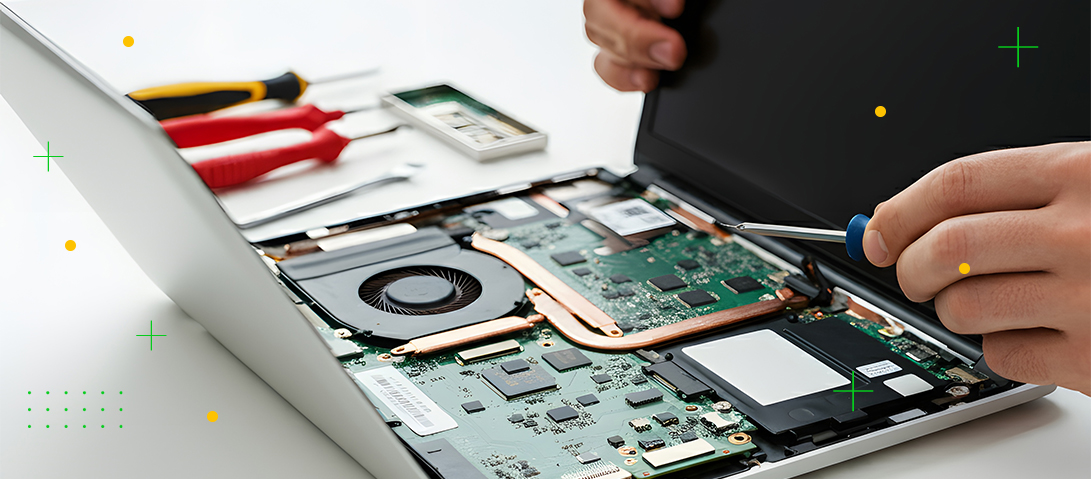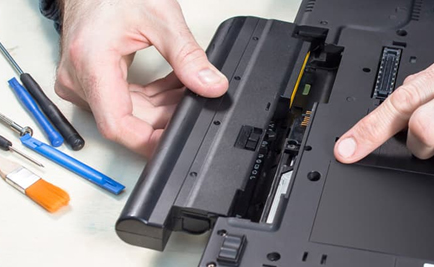A new laptop battery needs to be properly conditioned to ensure optimum performance and maximum service life. Our batteries are shipped in a discharged state and require a precise conditioning process to reach their full capacity. This involves fully recharging and partially discharging them at least five times. This initial cycle helps to stabilize the battery's internal cells and prevent premature loss of capacity.
To condition your laptop battery, start by unplugging the power cord and letting the battery power your device for around 30 to 60 minutes. This operation allows you to evaluate its performance while stimulating its cells. However, it is important never to allow the battery to discharge completely, as this could cause irreparable damage to its internal components and shorten its lifespan. Once this process has been repeated several times, your battery will reach its optimum performance level, ready to provide reliable autonomy for your daily activities.
Is it normal for a battery to generate heat?
Yes, it's perfectly normal for laptop batteries to generate heat when in use or during the recharging process. This heat is generated by the transfer of energy within the battery cells. This phenomenon is a natural consequence of the internal chemical reactions that power your device. However, it is essential to monitor the temperature of your laptop, as excessive overheating may indicate a malfunction.
To reduce the risks associated with heat, make sure your device is resting on a flat, well-ventilated surface. Avoid using the computer on soft surfaces, such as a bed or cushion, which can block air outlets. If your battery or device becomes abnormally hot, it's advisable to consult a professional to diagnose any potential problems.
Why does my laptop battery lose power over time?
The loss of capacity of laptop batteries over time is an inevitable process due to their internal chemistry. Each charge and discharge cycle wears down the battery cells, gradually reducing its maximum capacity. Even batteries made from the most advanced materials lose efficiency after several hundred cycles. On average, a laptop battery has a lifespan of 2 to 5 years, or around 500 charge cycles.
Our new batteries use top-quality components to ensure long-lasting, reliable performance. To prolong their life, adopt good practices such as avoiding complete discharges, keeping the battery at a moderate temperature and avoiding prolonged charging when the battery is already full. These simple gestures can have a significant impact on the longevity of your battery.
How do I check my laptop's battery life?
There are several simple and effective ways to check your laptop's remaining battery life. The quickest way is to click on the battery icon in your operating system's taskbar. This icon usually displays a percentage indicating the current charge and an estimate of the remaining battery life.
You can also access power options via your computer's control panel or system settings for more detailed information. Some third-party software even allows you to monitor the health of your battery, including its remaining capacity and usage history. These tools are useful for predicting when a battery might need replacing.
Keep in mind that battery life depends on many factors, including the capacity of the battery itself and the power consumption of your device. To extend battery life, consider adjustments such as reducing screen brightness, closing unnecessary applications and activating power-saving modes. By optimizing your usage habits, you can maximize your battery's efficiency on a daily basis.

 ES
ES
 DE
DE
 FR
FR
 IT
IT



